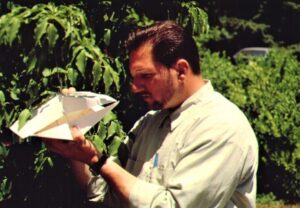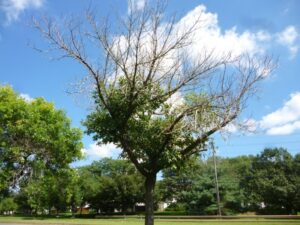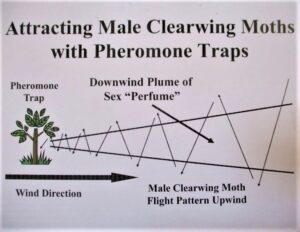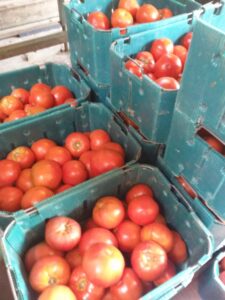North Jersey Tree Fruit Twilight Meeting I
March 29, 2022
4:30 PM-7:30 PM
Rutgers University Snyder Research and Extension Farm Pittstown, NJ
4:30 PM – Registration / Light Refreshments
5:00 PM – Pesticide Safety, Compliance and the Proper Use of Personal Protective Equipment
Patricia Hastings, Extension Pesticide Safety Education Program Coordinator for Rutgers NJAES
5:30 PM – Begin to load into wagons for the farm tour and educational talks
Farm tour lead by Megan Muehlbauer PhD, Agriculture and Natural Resources Agent III,
Rutgers NJAES Cooperative Extension of Hunterdon County
5:40 PM – Mating Disruption and Management for Internal Fruit Worms
Anne Nielsen PhD, Associate Extension Specialist in Entomology Rutgers NJAES
6:10 PM – Management of Early Season Disease on Apple and Peach
Norm Lalancette PhD, Associate Specialist in Tree Fruit Plant Pathology Rutgers NJAES
6:40 PM – New Jersey Tree Fruit Pest Updates and Observations
Dean Polk, State Wide Fruit IPM Agent, Rutgers Cooperative Extension
Dave Schmitt, South Jersey Fruit IPM Program Associate, Rutgers Cooperative Extension of
Gloucester County




